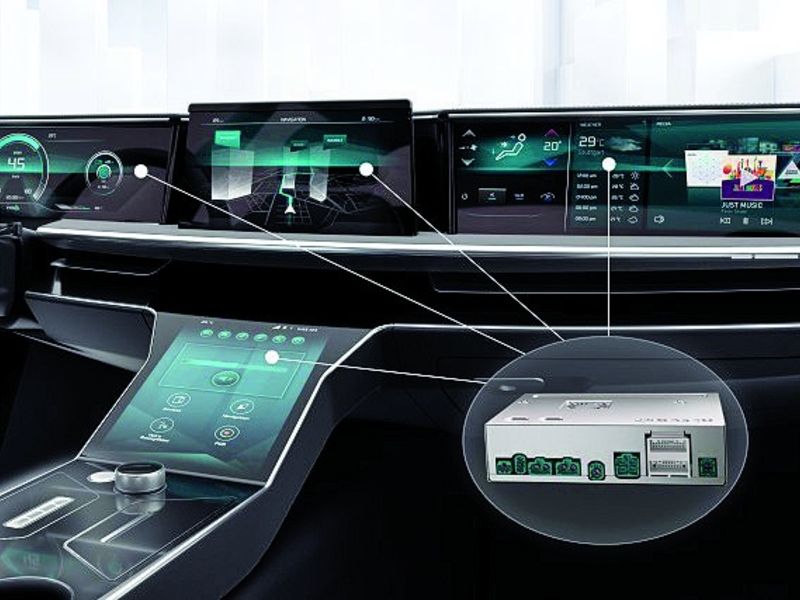
As vehicles become more complex, chock-full of technologies from multimedia functions to driver assistance to body electronics, they require more software-intensive electronic systems.
Bosch’s new Cross-Domain Computing Solutions division was created to bridge its software and electronics expertise to address the expanding functions.
The unit draws together “user design experience with a market focus,” said Tim Frasier, North American president of the division. Frasier, 57, also is head of the Advanced Network Solutions business, which primarily encompasses the infrastructure and architecture aspects of the unit.
He takes the helm alongside Stefan Buerkle, 40, who leads the Connected Information Solutions business and is senior vice president of customer accounts, and Kay Stepper, 51, senior vice president of system engineering and head of Automated Driving and Driver Assistance.
“What you see very clearly are the megatrends that are occurring,” Frasier told Automotive News during this month’s virtual CES. “Electrification has been going on for some time.”
Bosch forecasts that the market for automotive software and electronics will grow by 15 percent each year between now and 2030.
“The automation portion has been coming into play,” Frasier reported of the software trend. “Parallel to that, we’ve been seeing an acceleration in the information domain side. Our customers have been migrating there.”
He said Bosch realized it couldn’t wait any longer to launch the software division.
The unit will support Bosch’s expanding automotive software and electronics work.
Stepper said it is important to note that different trends are occurring in the industry.
“We see more and more OEMs placing quite a bit of effort to implement SAE Level 2 hands-free systems than we would have thought five years ago,” Stepper said. But at the same time, consumers are still not ready to suddenly accept driving in which they hand over vehicle control to autonomous functions, he said.
Bosch believes the technology shift will be evolutionary.
“By offering more functionality over time, we’re gaining trust, and people are willing to hand some elements of control over to the machine,” Stepper said. “To completely give up control from one week to the next may be a jump too far for some consumers.”
Bosch’s executives believe the industry has to take part in preparing consumers for the coming technologies.
“We all have a role to play when it comes to educating consumers about new technology, in collaboration with industry, government and academia,” Stepper said.